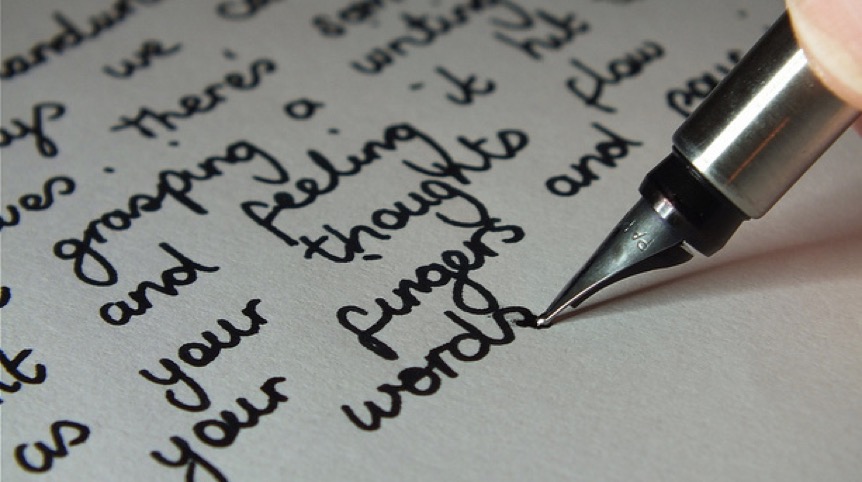Write and Find Mistakes
There’s no question that writing in your target language will greatly improve your skills, and when combined with the other methods we talk about on the blog, you’ll definitely see progression. The only problem is that we often write something and move on, first checking it months later when our language has improved.
This is great for the ego, right? We read old texts and think, “Wow, was I really so bad at this language?” If this ever happened to you, you’ll know it’s a great feeling, because it’s clear evidence that you have improved.

If you’re not sure what to write about, you can start by taking inspiration from your life. Write what is going on around you as you travel: you can use the notes on your cell phone or a pocket notebook- or write about something that happened in your life… Maybe you had a crazy dream? Try to cover as many details as possible.
Choose a topic
Here are just a few topics you could write about:
- Love
- Movies / TV series
- A book you read
- Politics
- A family member
- Music
- Nature
- Exercise
- Work
- Travel
With any one of these topics, you could write a dialogue, a monologue, a short story, or an article.
Choose a scenario
Instead of topics you could also use scenarios.
“Santa Claus has just split up with his wife and has come to sleep on your sofa.”
OR
“You’re on the bus and need to get off, but the guy next to you won’t move unless you give him some money.”
Find the Mistakes
I often give texts to my students with mistakes in each line. This is a great task to sharpen your eye, and here I’m going to give you a short checklist so that you can check your texts and hopefully correct most of your mistakes.
The Checklist
1. Check articles “a” and “an”
A book / an orange
2. Check definite and indefinite forms “a” and “the”
A house / the house
3. Check single and plural nouns
A house / two houses.
**Look for words such as “much” and “many” which help to signify if something is singular or plural.
4. Check for irregular nouns
A sheep / two sheep
A foot / two feet
A fish / two fish
5. Check verb tenses
Are your tenses consistent? Present or past?
6. Check for any irregular verbs
By using numbers 1-6 you will be able to correct a high percentage of mistakes. Below are a few common mistakes that can also creep into a text:
7. Word order
8. Use of comma
9. Uppercase and lowercase words
10. Prepositions
11. General spelling
12. General word choice: “their” or “there” / “which” or “witch” etc.
This is by no means a complete list of all the possible mistakes, but it does cover a high percentage of them. I suggest that after you have written a text, you wait for a day or two days, so you can look at it again with fresh eyes. When you come back, it should be easier to find the mistakes.
Of course, if you have a teacher, you can ask him/her to correct it, but see how many mistakes you can find before handing it over.
If you know more common mistakes, please let us know in the comments section below.
Next week, I’m going to give you a few shorts texts to practice this method of correcting your work, so make sure to check back then.
See you soon.
Podcast: Play in new window | Download

